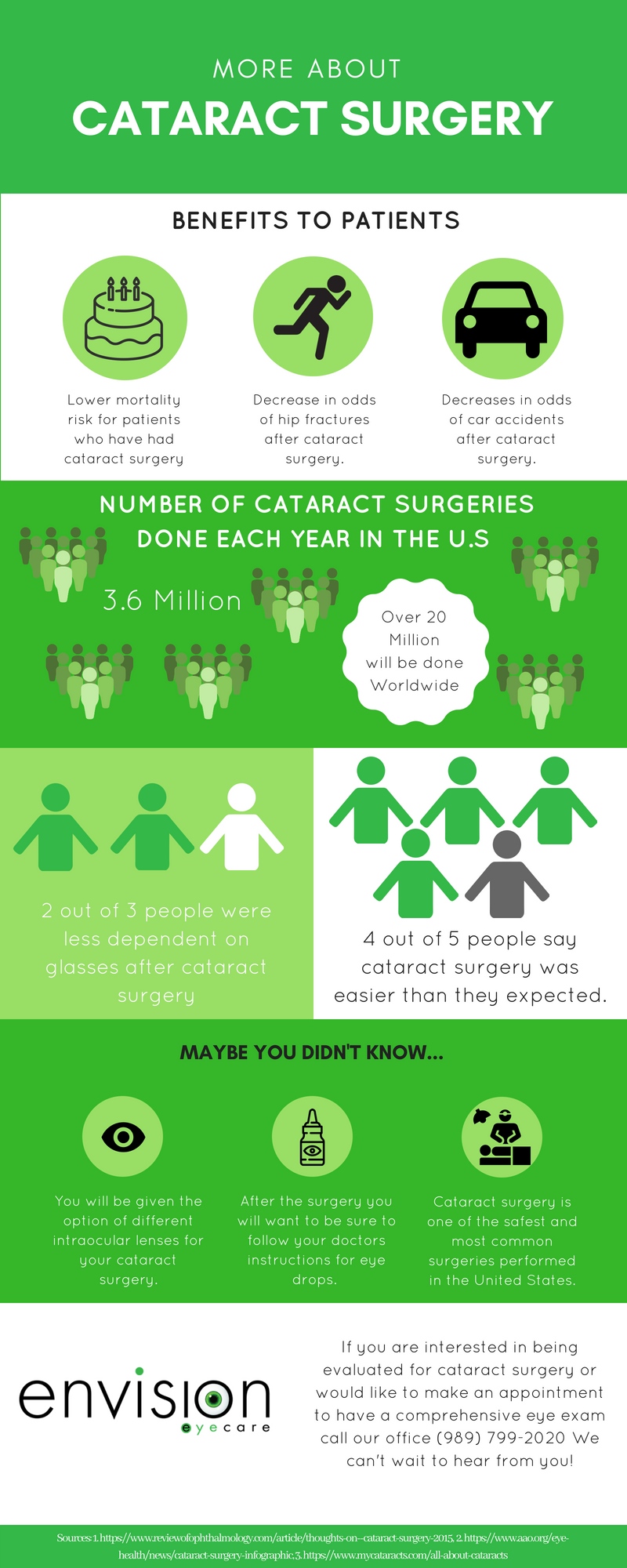A Thorough Evaluation Of Modern Cataract Surgical Treatment Techniques
A Thorough Evaluation Of Modern Cataract Surgical Treatment Techniques
Blog Article
Post Produced By-Brask Meyers
As you explore the evolution of innovative cataract surgical procedure techniques, you'll witness a trip marked by resourcefulness and accuracy. From ancient methodologies that led the way for contemporary developments to innovative innovations that are revolutionizing the area, the comprehensive summary of cataract surgery techniques is a testament to human development and commitment to boosting patient results. The elaborate interplay in between historical strategies and futuristic developments develops an interesting narrative that sheds light on the development of among one of the most common surgeries worldwide.
Historic Techniques and Technologies
Explore just how early specialists changed cataract treatment by employing ingenious techniques and tools. In the past, cataract surgery was a high-risk and painful treatment. Nonetheless, old Indian medical professionals were amongst the very first to try medical treatments for cataracts, making use of a technique called 'formulating' where a sharp tool was used to press the cataract back into the eye. This method, though crude by today's standards, laid the groundwork for future innovations in cataract surgical treatment.
As time advanced, Arab medical professionals made considerable payments by developing specialized needles for cataract extraction. These needles were used to puncture the cataract and then extract it from the eye, noting a significant enhancement in medical accuracy.
Later, in how long cataract surgery , the French doctor Jacques Daviel originated the technique of extracapsular cataract removal, where the entire lens was eliminated intact through a bigger cut. This marked a significant innovation in cataract surgery strategies, leading the way for the contemporary treatments we use today.
Modern Surgical Approaches
Early strategies in cataract surgery have evolved substantially, bring about the growth of modern-day surgical strategies that focus on accuracy and boosted person outcomes. Modern cataract surgical procedure currently typically includes a treatment called phacoemulsification, where an ultrasonic tool breaks up the cataract for removal via a small incision. This technique allows for quicker recovery and decreases the danger of complications compared to older methods.
In Learn Alot more , the use of innovative intraocular lenses (IOLs) has actually changed cataract surgical treatment outcomes. These lenses can fix not just the cataract yet likewise other refractive errors like astigmatism, decreasing the need for glasses post-surgery.
Surgeons today also have access to innovative imaging technologies that aid in specific preoperative planning and intraoperative decision-making. Optical coherence tomography (OCT) and various other imaging techniques give detailed pictures of the eye's structures, permitting a more personalized method to every individual's surgical treatment. With these advancements, contemporary cataract surgery strategies remain to enhance, using patients safer procedures and far better aesthetic end results.
Emerging Technologies in Cataract Surgical Treatment
With improvements in innovation changing the area, cataract surgical treatment is witnessing the combination of innovative methods for boosted client end results. Arising innovations in cataract surgical procedure are reshaping the landscape of ophthalmic treatments. One such advancement is femtosecond laser innovation, which permits precise corneal cuts, capsulotomies, and lens fragmentation, resulting in improved medical accuracy and end results.
In addition, intraoperative aberrometry is gaining popularity, making it possible for real-time measurements of refractive mistakes during surgical procedure to enhance intraocular lens power estimations and decrease postoperative refractive surprises.
Moreover, using sophisticated imaging innovations like optical coherence tomography (OCT) and intraoperative wavefront aberrometry help doctors in precise surgical planning and implementation. These tools offer detailed physiological info and aid customize surgical techniques for each and every client's special eye characteristics.
In addition, advancements in artificial intelligence are being checked out to aid in preoperative planning, intraoperative decision-making, and postoperative treatment, potentially optimizing surgical results and patient satisfaction. Embracing these emerging modern technologies in cataract surgical treatment holds pledge for further boosting individual outcomes and ensuring the proceeded evolution of ocular surgical strategies.
Conclusion
As you trip through the background of cataract surgery, you witness the transformation from ancient techniques to sophisticated innovations. Like a phoenix metro rising from the ashes, cataract surgical procedure has actually advanced into a sign of hope and development.
Equally as a caterpillar emerges from its cocoon as a stunning butterfly, cataract surgical procedure has developed into a refined art form, offering people clearer vision and a brighter future.
The advancement continues, beaming a light on countless opportunities.
